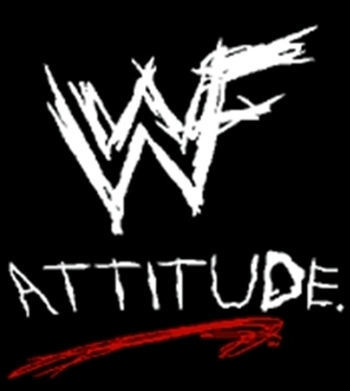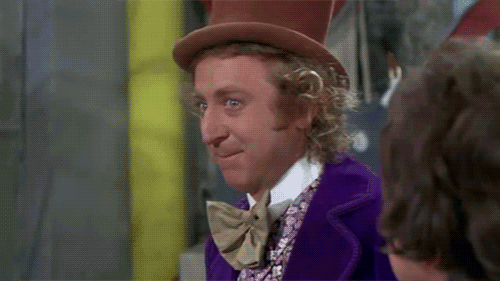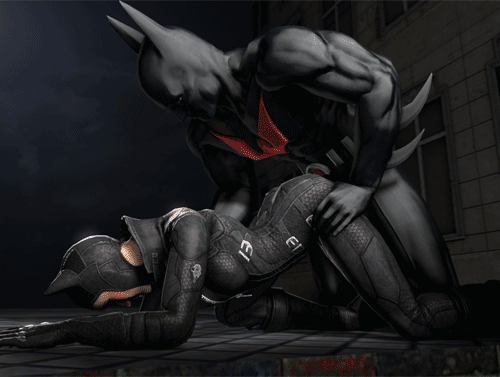WWE sucks.
This era was epic!!!!

The name said it all. Gone were the days of the family-friendly, cartoon characters that WWF had been presenting since the 1980s.
Hulk Hogan and Randy Savage were replaced by guys like Steve Austin, The Rock and Mankind. The stars at the top of the card could be babyfaces, heels or fall somewhere in between. The biggest star of the Attitude Era saluted the crowd with his middle fingers, and he was a wildly popular babyface.
The WWE suddenly had an attitude. Even the good guys weren't the kind of people that your parents wanted you to hang around with.
Now, WWE is back in PG-13 purgatory. The babyfaces may as well wear white hats and the heels black ones. (Though, oddly, most of the babyfaces dress in black ring gear.) The content is once again family friendly, and once again, the ratings are down.
Attitude made the WWE in the late '90s and early 2000s. A lack of it is putting the company in a precarious position today. How different is today's WWE from the Attitude Era product? It's as simple as the comparison between Stone Cold Steve Austin and John Cena.
In the Attitude Era, WWE fans needed a scorecard to tell which grapplers were babyfaces, and which were heels. You certainly couldn't tell by watching.
As mentioned, the top babyface in the company was a beer-drinking, trash-talking, bird-flipping redneck. The Rock, who proclaimed himself The People's Champion with one breath, told the crowd to shut up and start chanting with him in the next. He went from face to heel to face again with startling regularity. The No. 1 faction of the era, DX, broke every rule in the book, told the fans to "Suck It" and made lewd hand gestures with every ring appearance. The crowd couldn't have loved them more.
The No. 1 heel in the company was the boss, Vince McMahon. Crowds booed him for trying to stop his stars from drinking in the ring, running off with the divas and painting their logo on anything that didn't move.
The Attitude Era was compelling because the stars had nuance. No one was purely good or purely bad. Mankind was a babyface who supposedly spent most of his off hours locked in a basement somewhere, talking to himself or to a sock puppet. Austin would flip off the fans before his matches and drink "Steveweiser" toasts to them after.
You never knew who would attack who, or when, or sometimes even why, at least not at first. The depth of the Attitude Era characters made the audience think about what they were seeing.
Today's product doesn't make the fans think. They all know that John Cena is a good guy. You can tell because he wears bright colors and throws his wristbands to the fans. Rey Mysterio hugs and chats his way down the ramp.
Bad guys are bad guys because of who they hang around with. Would Dolph Ziggler be a heel without Vickie Guerrero? How about CM Punk without Paul Heyman? It seems that the WWE creative team isn't sure just how smart its audience is these days, so they make sure to point out the obvious.
During the Attitude Era, the biggest names were consistently atop the card and fighting for some title or principle.
Rock, whether babyface or heel, was constantly in contention for the Intercontinental Championship, the WWE title or in pursuit of some other guy who had done him wrong.
DX took turns holding the WWE, Intercontinental, Tag Team and European titles.
Austin chased the gold and stunned anybody who stood in his way.
The top tag teamsThe Hardy Boyz, Edge and Christian, DX, The Dudleys and the APAwere constantly battling one another, and the outcomes were never predictable.
The variations were many, but the names at the top of the card seldom changed. Fans knew when they tuned in that they'd see Rock, Austin, McMahon, DX and the rest of the top stars battling over issues or titles. There just weren't any transitional champions. The top stars held the gold and dared anyone to come and take it.
These days, you have guys like Big Show and Dolph Ziggler getting their hands on the World Heavyweight Championship for what seems like a total of about an hour. You have 45-second title reigns and guys holding the secondary belts that most of the fans couldn't pick out of a lineup.
Tag teams that weren't together two weeks ago are getting shots at the WWE Tag titles (though that situation seems to be improving.)
Using the top stars in the top spots gave the Attitude Era credibility. That's something that today's product lacks.
This era was epic!!!!

The name said it all. Gone were the days of the family-friendly, cartoon characters that WWF had been presenting since the 1980s.
Hulk Hogan and Randy Savage were replaced by guys like Steve Austin, The Rock and Mankind. The stars at the top of the card could be babyfaces, heels or fall somewhere in between. The biggest star of the Attitude Era saluted the crowd with his middle fingers, and he was a wildly popular babyface.
The WWE suddenly had an attitude. Even the good guys weren't the kind of people that your parents wanted you to hang around with.
Now, WWE is back in PG-13 purgatory. The babyfaces may as well wear white hats and the heels black ones. (Though, oddly, most of the babyfaces dress in black ring gear.) The content is once again family friendly, and once again, the ratings are down.
Attitude made the WWE in the late '90s and early 2000s. A lack of it is putting the company in a precarious position today. How different is today's WWE from the Attitude Era product? It's as simple as the comparison between Stone Cold Steve Austin and John Cena.
In the Attitude Era, WWE fans needed a scorecard to tell which grapplers were babyfaces, and which were heels. You certainly couldn't tell by watching.
As mentioned, the top babyface in the company was a beer-drinking, trash-talking, bird-flipping redneck. The Rock, who proclaimed himself The People's Champion with one breath, told the crowd to shut up and start chanting with him in the next. He went from face to heel to face again with startling regularity. The No. 1 faction of the era, DX, broke every rule in the book, told the fans to "Suck It" and made lewd hand gestures with every ring appearance. The crowd couldn't have loved them more.
The No. 1 heel in the company was the boss, Vince McMahon. Crowds booed him for trying to stop his stars from drinking in the ring, running off with the divas and painting their logo on anything that didn't move.
The Attitude Era was compelling because the stars had nuance. No one was purely good or purely bad. Mankind was a babyface who supposedly spent most of his off hours locked in a basement somewhere, talking to himself or to a sock puppet. Austin would flip off the fans before his matches and drink "Steveweiser" toasts to them after.
You never knew who would attack who, or when, or sometimes even why, at least not at first. The depth of the Attitude Era characters made the audience think about what they were seeing.
Today's product doesn't make the fans think. They all know that John Cena is a good guy. You can tell because he wears bright colors and throws his wristbands to the fans. Rey Mysterio hugs and chats his way down the ramp.
Bad guys are bad guys because of who they hang around with. Would Dolph Ziggler be a heel without Vickie Guerrero? How about CM Punk without Paul Heyman? It seems that the WWE creative team isn't sure just how smart its audience is these days, so they make sure to point out the obvious.
During the Attitude Era, the biggest names were consistently atop the card and fighting for some title or principle.
Rock, whether babyface or heel, was constantly in contention for the Intercontinental Championship, the WWE title or in pursuit of some other guy who had done him wrong.
DX took turns holding the WWE, Intercontinental, Tag Team and European titles.
Austin chased the gold and stunned anybody who stood in his way.
The top tag teamsThe Hardy Boyz, Edge and Christian, DX, The Dudleys and the APAwere constantly battling one another, and the outcomes were never predictable.
The variations were many, but the names at the top of the card seldom changed. Fans knew when they tuned in that they'd see Rock, Austin, McMahon, DX and the rest of the top stars battling over issues or titles. There just weren't any transitional champions. The top stars held the gold and dared anyone to come and take it.
These days, you have guys like Big Show and Dolph Ziggler getting their hands on the World Heavyweight Championship for what seems like a total of about an hour. You have 45-second title reigns and guys holding the secondary belts that most of the fans couldn't pick out of a lineup.
Tag teams that weren't together two weeks ago are getting shots at the WWE Tag titles (though that situation seems to be improving.)
Using the top stars in the top spots gave the Attitude Era credibility. That's something that today's product lacks.



 I know, i just hold those memories so close to my heart, i can't seem to let it go.
I know, i just hold those memories so close to my heart, i can't seem to let it go.




 at the fukkery going on in here
at the fukkery going on in here